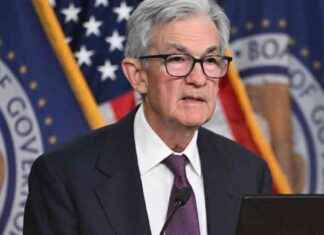Tesla recently showcased its latest innovation, the “Cybercab,” in Burbank, California. However, the stock of the electric vehicle manufacturer took a hit as investors were not impressed by the unveiling event led by CEO Elon Musk.
The Cybercab is a sleek, silver two-seater vehicle that does not have a steering wheel or pedals, designed to be fully autonomous. Musk mentioned that Tesla aims to start producing the Cybercab before 2027 and intends to offer it to consumers for under $30,000. Additionally, he shared plans to implement “unsupervised FSD” (Full Self-Driving) in Texas and California next year on the Model 3 and Model Y electric vehicles.
Despite the excitement surrounding the event, analysts at Barclays pointed out that the presentation lacked details on immediate opportunities for Tesla, focusing more on Musk’s long-term vision for autonomous driving. They noted the absence of updates on the low-cost model scheduled for production in the first half of 2025 and the progress of FSD.
Piper Sandler analysts echoed similar sentiments, suggesting that trading-oriented firms might be disappointed by the robotaxi unveiling. They anticipated a possible decline in Tesla’s stock in the following weeks as the initial excitement wanes. While there were positive moments during the event, investors were expecting more tangible outcomes.
The road to widespread adoption of self-driving cars still faces regulatory challenges, with safety being a top concern for authorities. Google’s Waymo is among the few companies that have successfully deployed self-driving vehicles for public use, offering a robotaxi service since June.
As the autonomous driving technology continues to evolve, it is clear that there is a growing interest in the market for self-driving vehicles. Tesla’s Cybercab may be a glimpse into the future of transportation, but there are still hurdles to overcome before this vision becomes a mainstream reality on public roads. Investors will be closely monitoring Tesla’s progress in the autonomous driving space and how it navigates the challenges ahead.








